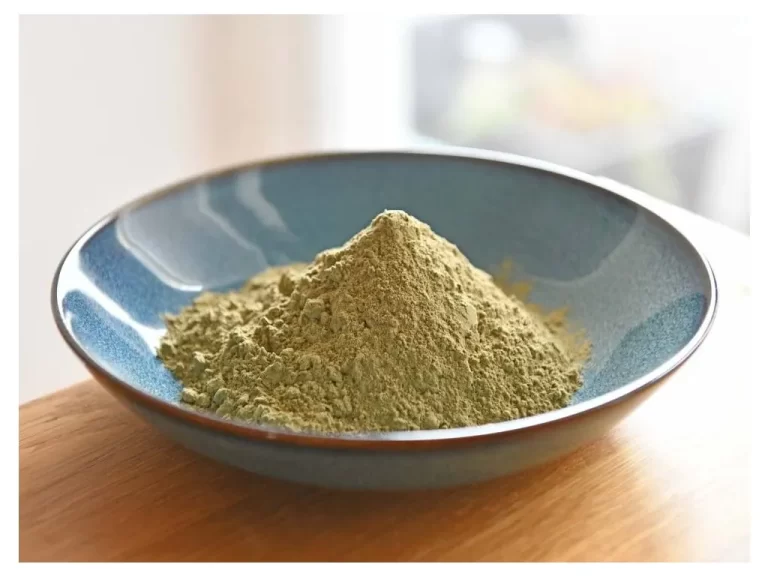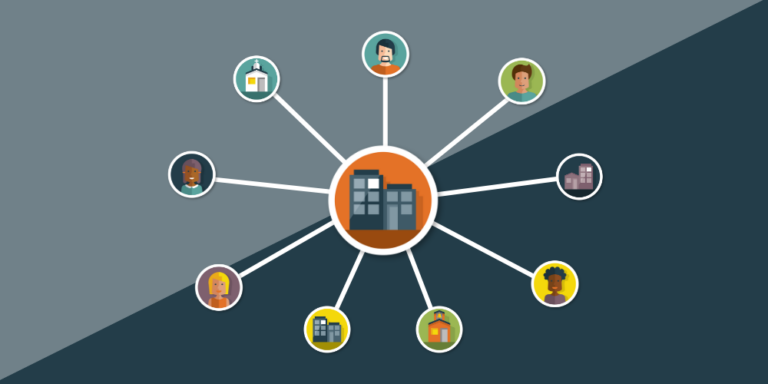Cannabidiol (CBD) Gummies are edibles that include this cannabinoid (CBD oil). They come in various shapes, sizes, colors, and CBD concentrations. CBD gummies have gained popularity among both long-time users and first-time customers because of their discreteness. Learn the facts about CBD candies in Canada. Know more about fruit edibles.
However, even within the same brand, CBD products may vary significantly in potency and purity since they are not FDA-approved.
The beneficial benefits of CBD gummies on health are still up for debate
Manufacturers of CBD candies claim that the substance reduces feelings of anxiety, depression, pain, and inflammation and improves sleep quality. The Food and Drug Administration has approved CBD oil (Epidiolex) to treat epilepsy.
However, gummies were left out of trials examining how well CBD oil worked. The potential health benefits of pure CBD oil have been supported by a small number of studies yet. Still, more robust investigations are anticipated to be done now that legislation differentiates between hemp and marijuana.
Although there is no conclusive evidence that gummies are practical, some people report feeling better after eating them. The strong placebo effect is probably to blame for this (taking something to relieve your condition makes you feel better even if that product contains nothing). Much sugar is added to sweets to cover up the flavor of CBD.
 Can you get the jitters from eating CBD gummies?
Can you get the jitters from eating CBD gummies?
CBD gummies don’t contain any THC, so they won’t make you high.
There is almost little THC in the hemp from which CBD is derived. To provide psychotropic effects, cannabis contains THC. Hemp is no longer legal to grow if it contains more than 0.3% THC, making its growers subject to criminal penalties.
The cannabidiol (CBD) found in hemp is the primary active ingredient and does not produce intoxicating effects. Conversely, although not proven, CBD has been linked to relieving stress, redness, inflammation, insomnia, and discomfort.
What are the primary distinctions between cannabidiol (CBD), cannabis (including hemp), marijuana (including THC), and THC itself?
Many individuals who haven’t heard of CBD think it’s the same thing as cannabis, hemp, marijuana, CBD, or THC (tetrahydrocannabinol). They are not. The two most common cannabis plants, Indica and Sativa, are well-known and used. Although both types of cannabis may be used to produce marijuana, hemp can only be produced from the Cannabis Sativa family.
There are some parallels between hemp and marijuana, but the primary difference is that hemp has almost little THC, the chemical in marijuana responsible for its euphoric effects. Federal law states that hemp must have more than 0.3% THC, or growers risk criminal penalties.








